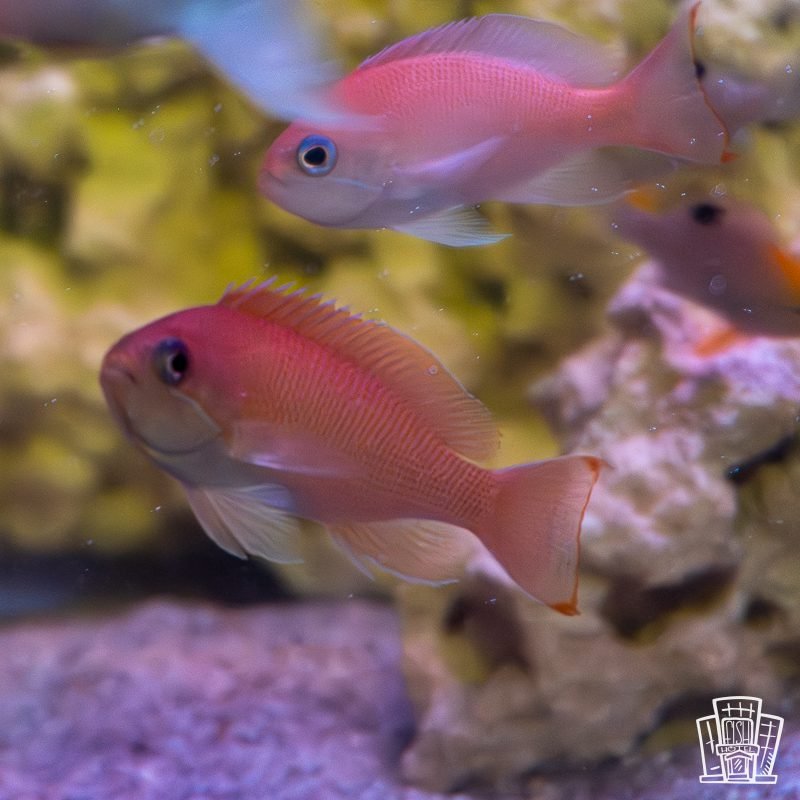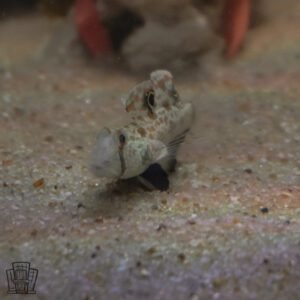Description
Scientific Name: Pseudanthias hypselosoma
Common Names: Stocky Anthias, Pink Anthias
Maximum Length: 7.5 inches (19 cm)
Minimum Aquarium Size: 70 gallons (265 liters) for a single fish; 100 gallons (378 liters) or larger recommended for a small group of one male and several females to accommodate their active schooling behavior and social hierarchy.
Foods and Feeding Habits: Carnivorous; primarily feeds on zooplankton in the wild. In aquariums, offer a varied diet of frozen mysis shrimp, brine shrimp, copepods, and high-quality pellet or flake foods formulated for marine carnivores. Feed small amounts 2-4 times daily to mimic their natural constant feeding on plankton.
Reef Safety: Reef-safe with caution; generally does not harm corals or larger invertebrates but may consume very small ornamental shrimp or copepods.
Temperament: Peaceful but territorial within its own species; forms hierarchical groups with one dominant male and several females. Males may display mild aggression toward other males or similar anthias species. Best housed with peaceful, non-aggressive tankmates.
Description: The Stocky Anthias is an energetic addition to marine aquariums, not often seen in the hobby. Males show off a striking pinkish-red hue with a distinctive red patch on the dorsal fin, intensifying during displays, while females are a plainer pink with red-tipped tails and purple-ringed eyes. Found in Indo-Pacific reefs from the Maldives to Samoa, these fish thrive in well-oxygenated tanks with strong water flow and ample live rock for hiding. Their constant motion in the upper water column adds energy to the aquarium.
Fun Facts:
The Stocky Anthias is a protogynous hermaphrodite, meaning the dominant female in a group can transition to a male if the dominant male is removed, ensuring the harem’s continuity.
Males perform dazzling courtship displays, flaring their fins and intensifying colors to attract females and assert dominance.
In the wild, they form large schools above coral reefs, hovering in currents to snatch zooplankton, a behavior that makes them a lively centerpiece in spacious aquariums.




